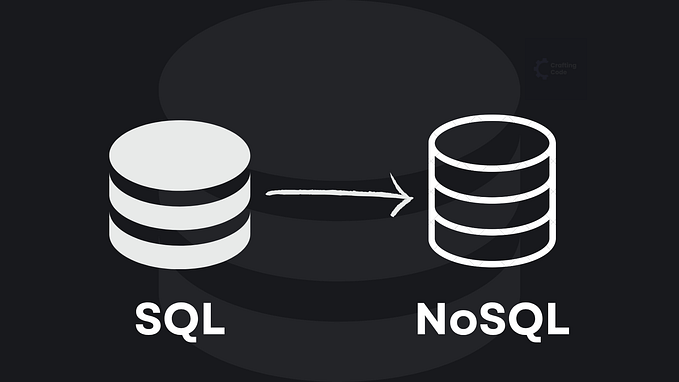Member-only story
Ways to Optimize and Improve PostgreSQL Performance
PostgreSQL is a powerful and feature-rich open-source relational database system that can efficiently handle large volumes of data. However, like any system, it requires careful configuration and optimization to perform at its best, especially as data grows or workload increases. Here are the key strategies and techniques to optimize PostgreSQL performance.
1. Hardware and System Configuration
a. Memory Configuration
PostgreSQL relies heavily on memory for caching data and query execution. Make sure your system has enough memory to handle the workload.
shared_buffers: This is one of the most critical parameters. It controls how much memory PostgreSQL uses for its cache. Setting this too low will cause more disk access, slowing the database. The recommended starting point is 25% of the system’s memory.
shared_buffers = 25% of total system memorywork_mem: This parameter controls memory for operations like sorting and hashing. It should be increased for complex queries involving sorting or joining large tables.
work_mem = 1-4 MB per connectioneffective_cache_size: This estimates how much memory is available for caching data files by the OS and PostgreSQL. A…








